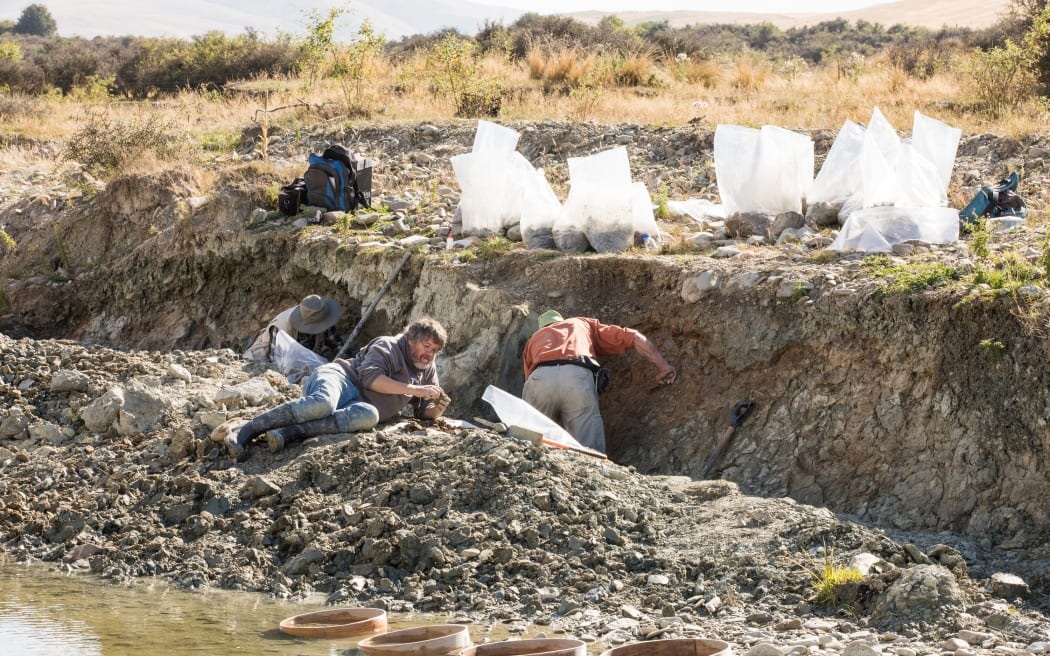
The Bannockburn swan fossil was found near Otago gold rush town of Saint Bathans.
The swan species lived between 16 and 19 million years ago on Lake Manuherikia, a massive ancient lake which covered most of modern Central Otago.
Scientists from New Zealand and Australia had described the bird from a fossilised wing bone, preserved near Saint Bathans in a layer of prehistoric mud called the Bannockburn formation.
Although damage to the wing bone made determining its exact size difficult, it was probably slightly larger than black swans that are now common in Aotearoa New Zealand.
Scientists have discovered nine ancient waterfowl species at Saint Bathans, with the Bannockburn swan the largest.
Notochen bannockburnensis was described in a paper published this week in the journal Zootaxa.
The paper's lead author Dr Trevor Worthy, of Flinders University in Adelaide, said the wing bone's shape and large size suggested it belonged to a prehistoric swan.
"This bone is rather damaged but it clearly belonged to a member of the geese and swans group of waterfowl.
"We can't say with total certainty what sort of giant waterfowl this bird was, but we think a swan is most likely, which is why we've called it the Bannockburn swan."
Today, the Southern Hemisphere's only native swans are Australasia's black swan and the Coscoroba swan of South America - the Bannockburn swan's closest living relative. These birds were separate from Northern Hemisphere swans.
Canterbury Museum Senior Curator Natural History Dr Paul Scofield said the discovery of the Bannockburn swan provided a clearer picture of how waterfowl evolved.
"This swan and another goose-like bird we've found at St Bathans are the oldest members of the Anserinae family, which contains swans and geese, found in the Southern Hemisphere.
"They show a long history of the group in the southern half of the world. This is another example of finds from St Bathans helping us understand bird evolution."












